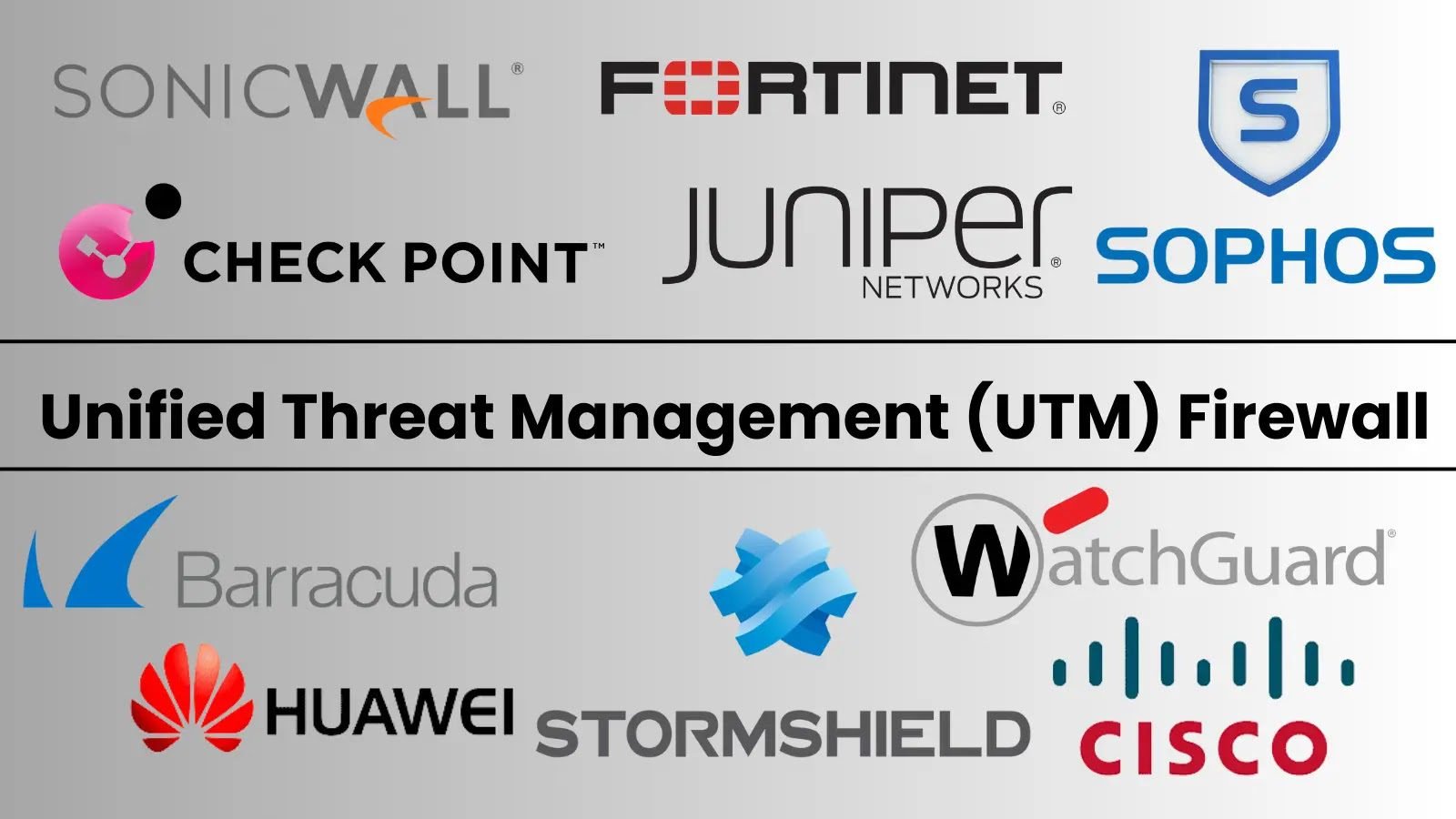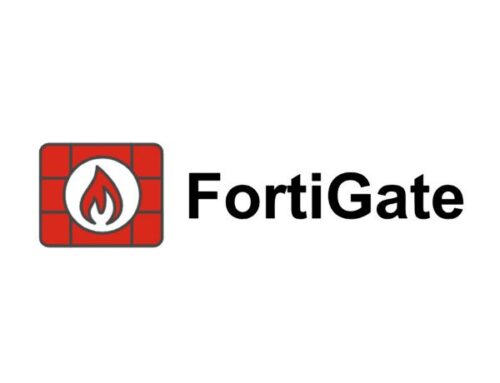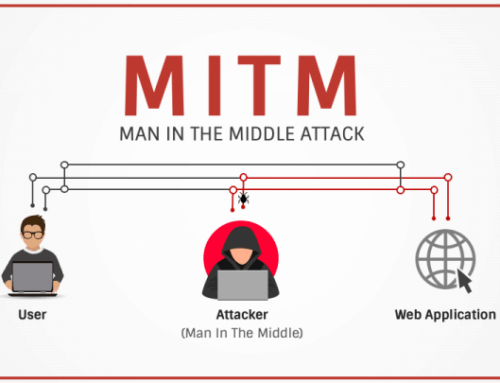
10 Best UTM (Unified Threat Management) Firewalls – 2025
10 Best UTM (Unified Threat Management) Firewalls – 2025
Unified Threat Management (UTM) firewall is a comprehensive cybersecurity solution that integrates multiple security functions into a single platform or appliance.
It is designed to simplify security management, reduce costs, and provide robust protection against a variety of cyber threats. UTM solutions are especially popular among small and medium-sized enterprises (SMEs) due to their ease of use and consolidated approach to network security.
UTM solutions integrate various security features such as firewall, intrusion detection and prevention systems (IDPS), antivirus, anti-spam, VPN, web content filtering, and application control into one unified package.
This consolidation enables organizations to efficiently safeguard their networks, endpoints, and data against a wide range of cyber threats.
UTM firewall is especially beneficial for small to medium-sized businesses (SMBs) that require robust security but lack the resources to deploy and manage multiple standalone solutions.
By providing a single point of control, UTM simplifies administration, reduces complexity, and lowers overall costs. It offers real-time threat intelligence and analysis, enabling organizations to detect and respond to threats quickly.
These solutions are often cloud-based or hybrid, which allows for scalability and remote management.
Unified Threat Management (UTM) software works by consolidating multiple security functions into a single platform or appliance to protect an organization’s network, devices, and data from various cyber threats. Here’s a breakdown of how UTM operates:
How UTM Works
Traffic Inspection and Filtering
UTM firewall acts as a gateway between the internal network and external networks (e.g., the internet).
It inspects all incoming and outgoing traffic using features like firewalls, intrusion detection/prevention systems (IDS/IPS), and deep packet inspection (DPI).
Malicious traffic, unauthorized access attempts, or policy violations are blocked before they reach the network.
Threat Detection and Prevention
Intrusion Detection and Prevention: UTM monitors network activity for suspicious patterns or known attack signatures. If a threat is detected, it either alerts administrators or automatically blocks the attack.
Antivirus/Anti-Malware: The software scans files, emails, and other data for viruses, ransomware, or malware. Detected threats are quarantined or removed.
Web Filtering: UTM blocks access to harmful or inappropriate websites by analyzing URLs against a database of known malicious sites or based on user-defined policies.
Secure Connectivity
UTM provides Virtual Private Network (VPN) capabilities to encrypt data transmitted between remote users and the corporate network. This ensures secure access for employees working remotely or from branch offices.
It also supports secure site-to-site VPN connections for inter-office communication.
Email and Spam Protection
UTM systems filter incoming and outgoing emails to block spam, phishing attempts, and malicious attachments.
They may also include email encryption to protect sensitive communications.
Data Monitoring and Control
Features like Data Loss Prevention (DLP) monitor sensitive data transfers to ensure compliance with security policies.
Application control restricts the use of unauthorized applications that could pose security risks.
Centralized Management
UTM software provides a unified dashboard for administrators to configure security policies, monitor network activity, generate reports, and respond to threats in real time.
This centralized approach simplifies management compared to using separate tools for each security function.
Real-Time Updates
Many UTM solutions receive regular updates from their vendors to stay current with new threat intelligence (e.g., malware definitions, attack signatures). This ensures protection against emerging threats.
Performance Optimization
Some UTMs include bandwidth management features to prioritize critical applications and prevent non-essential traffic from consuming excessive resources.
Load balancing ensures that the system can handle high traffic volumes without compromising performance.
What is the Difference Between UTM and A Firewall?
The lines between these two have significantly blurred over the last few years.
Using a firewall’s real-time malware and virus scanning feature can prevent suspicious packets from entering your network and subsequently infiltrating your PCs and servers.
It should be noted that a UTM is located on your organization’s site and acts as a gateway between your internet connection and your network.
10 Best UTM Firewall – 2025
- SonicWall UTM: It offers robust security capabilities, including intrusion prevention, gateway anti-virus, and anti-spyware.
- Sophos UTM: Integrates advanced security measures with easy management for protection against a wide range of threats.
- Check Point UTM: Delivers comprehensive security protections with firewalls, VPNs, antivirus, and other critical security features.
- Fortinet FortiGate UTM: Provides integrated security and networking functions, enhancing visibility and control across the network.
- WatchGuard UTM: Combines performance, security, and simplicity in managing advanced network security features.
- Juniper UTM: Features a range of security services, including firewalls, VPNs, and anti-spam, tailored for high-performance environments.
- Barracuda UTM: Provides comprehensive network protection by combining firewall, VPN, antivirus, and other security functions.
- Stormshield UTM: It offers multi-layered security solutions focusing on proactive defense mechanisms against evolving threats.
- Huawei Unified Security Gateway (USG): Aims at enterprises offering versatile security protections and advanced network management.
- Cisco UTM: Delivers integrated security and threat management services, enhancing both network performance and protection.





